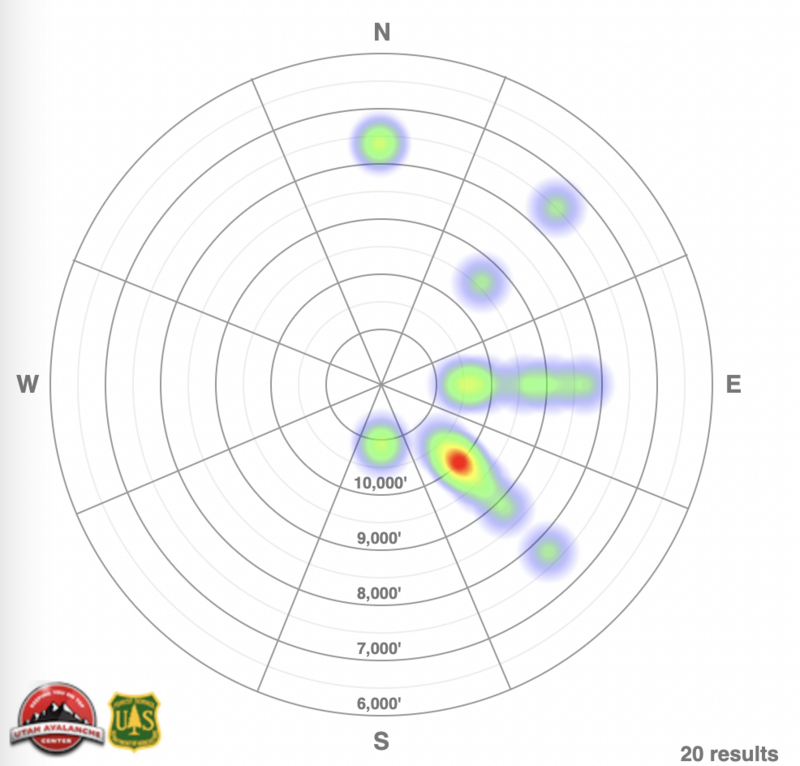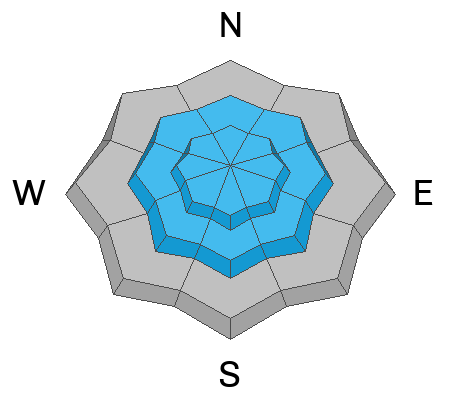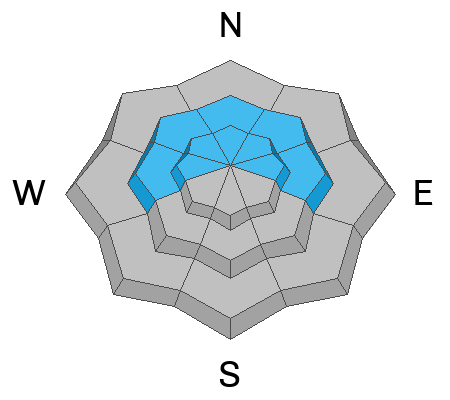This morning, snow has begun falling in the mountains with no measurable precipitation as of 5 AM. Temperatures range from the upper teens to the mid-20s °F. Winds are primarily from the west, blowing at 10-20 mph, with gusts up to 30 mph at mid-elevations. At the highest elevations, winds have been gusting up to 60 mph. Winds have progressively increased since yesterday afternoon and evening, remaining elevated most of the night.
Today, snowfall will decrease from moderate to heavy this morning, changing to showers by noon. Snowfall totals are expected to be between 3-6" of new snow, with peak snowfall rates up to 2" an hour. Winds will peak around sunrise and then decrease slightly throughout the day, averaging 10-20 mph at mid-elevations, with gusts up to 30 mph. At the highest elevations, winds could gust up to 60 mph. By mid-afternoon, the snow will stop, and skies will become mostly sunny with temperatures climbing into the mid-30s °F.
Extended: After a break tonight into Monday morning, expect intermittent snow chances from late Monday to early Thursday, with the main snowfall expected on Wednesday.
Yesterday was a busy day in the backcountry, with
about 20 avalanches reported in the Salt Lake, Ogden, and Provo area mountains since Friday. The majority of these avalanches failed as soft slabs of new snow or wind-drifted snow, occurring within a density inversion in the storm snow or at the interface with the old snow surface, particularly on solar aspects that had previously been exposed to sunlight. These areas now have a firm melt-freeze crust with weak stellars or faceted grains at the interface between the new and old snow.
The focal aspect seems to be southeast, as demonstrated by the three separate avalanches on Superior, the deeper
conehead avalanche off of the Park City ridgeline (
video shown below), and the countless other observations that were reported. Most of these avalanches broke 10"-2' deep and were anywhere from 40'-250' wide.
Video of the Conehead Avalanche off the Park City Ridgeline, 10,000' - SE Aspect - Full Observation HERE - M. Fischer
With so many recent avalanches pouring in, it's hard to write about each one individually, but it's worth reading about them before heading into the field today. You can find
all of the recent avalanches on our website.
Avalanche heatmap for the Salt Lake, Provo, and Ogden area mountains for 2/16-2/18.
On Thursday, one Cottonwood resort reported a natural avalanche that broke into old, faceted snow on a northwest aspect at 10,600 feet.












